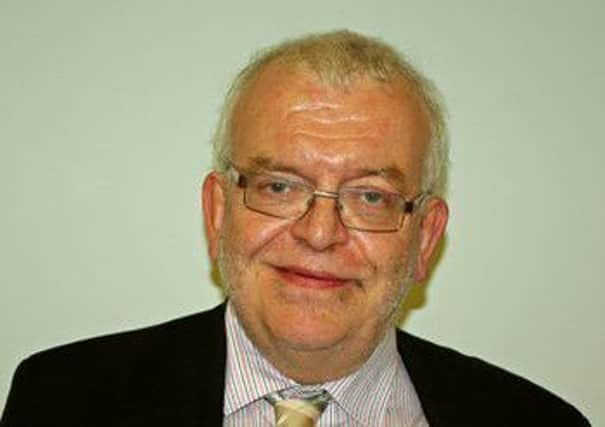A tourist tax is common in Europe, so how do we make it work here? – John Yellowlees


Nineteen European countries have a Transient Visitor Levy (TVL), which some sources put at typically about £2 per night paid either on arrival or added to a hotel bill.
Geneva provides a transport card and a free journey available for up to 80 minutes to get new arrivals from airport to hotel. Amsterdam’s TVL is an £8 per day general tax, while Dubrovnik charges £2 per day, with the money going to the Red Cross, tourist board and destinations, but Berlin exempts business travellers.
Advertisement
Hide AdAdvertisement
Hide AdIn Italy no less than 32 cities have a TVL that ranges from £7 per day in Rome to just £1 in Florence, with tax recipients ranging from public transport, information provision and cultural activities to cleaning and road maintenance.
In Scotland there have been calls for a TVL to mitigate the impact of the North Coast 500. Orkney has experienced saturation by cruise liners, Glenfinnan with its Harry Potter viaduct and Bonny Prince Charlie monument is another tourist hotspot, and in Edinburgh the summer and winter festivals and the growth of Airbnb have impacted on public transport and on the availability of homes for rent. A survey by Edinburgh City Council found that 78 per cent of visitors to Edinburgh would be willing to pay £4 per night, and 91 per cent of residents were in favour. However three-quarters of small businesses were opposed, seeing a negative impact on their livelihoods, and the hotel industry has raised the spectre that Scottish families wanting to enjoy a “staycation” might be incentivised to cross the Border or fly overseas while the tax would bypass daytrippers, whose local environmental impacts are also significant.
The Edinburgh survey found that most city centre residents had had their lives affected by tourist growth and believed that more could be done to accommodate tourists. A total of 133 respondents to Transform Scotland’s own survey favoured using the revenue from a TVL to improve parks, while 99 wanted better infrastructure for pedestrians and 77 more support for public transport. Whereas 69 per cent had been impacted, 89 per cent did not consider liability to TVL when booking a holiday.
Transform Scotland’s study recommends early legislation empowering local authorities to introduce a TVL, with Edinburgh encouraged to clarify its ideas for a £2 per night charge and make clear as to how it might spend the income. Investments should be in the city centre public realm, with encouragement of cycling, litter prevention and monitoring of Airbnb.
Other local authorities should investigate the applicability to their areas of a TVL, which should be renamed a Visitor Levy on the basis that not all visitors are tourists. For CILT, safety is always the top priority, and our city centres may have to be redesigned so as to accommodate tourist attributes, including wheeled luggage, and also to guard against new forms of terrorism.
Joe Goldblatt, Emeritus Professor at Queen Margaret University, has suggested development of a permanent year-round festival park, perhaps on the waterfront or near the airport, so as to ease pressure on the city centre – perhaps funding from a TVL could be used for this purpose. Maybe it could also revive the lapsed idea of an Edinburgh Card giving discounted travel and admissions?
We have urged consistency of charging at a Scotland-wide level, with centrally-agreed criteria on whether a levy should be applicable in a given destination or region while recognising the need for local flexibility.
Applicability to daytrippers would have to consider the definition of a tourist destination, and cruise ship passengers would need special attention since, like users of motor-homes or caravans, they bring their own accommodation with them.
Advertisement
Hide AdAdvertisement
Hide AdWe think that disabled people and their carers, those travelling for medical care, and young people, including students should be exempt – but that business travel should be included on account of the significant impact of conferences on cities’ infrastructure.
Remittance by accommodation providers of levies could, in our view, be made monthly, with the licensing of providers offering an enforcement tool – Airbnb shows the way since it has always had provision built into its software for TVL collection. We do not consider that revenues should be allocated to priorities articulated through local tourism strategies since their quality and content (where they exist) vary widely. Using them as instruments could result in a multiplicity of different charging policies across Scotland causing misunderstanding and confusion for visitors.
John Yellowlees, chair, CILT Scotland.